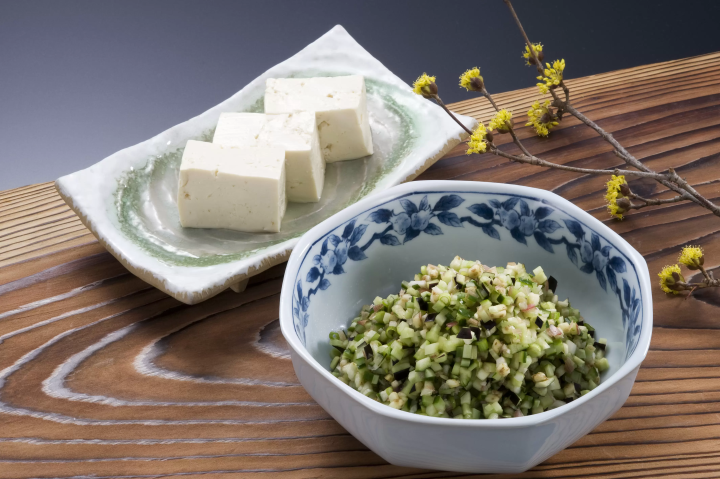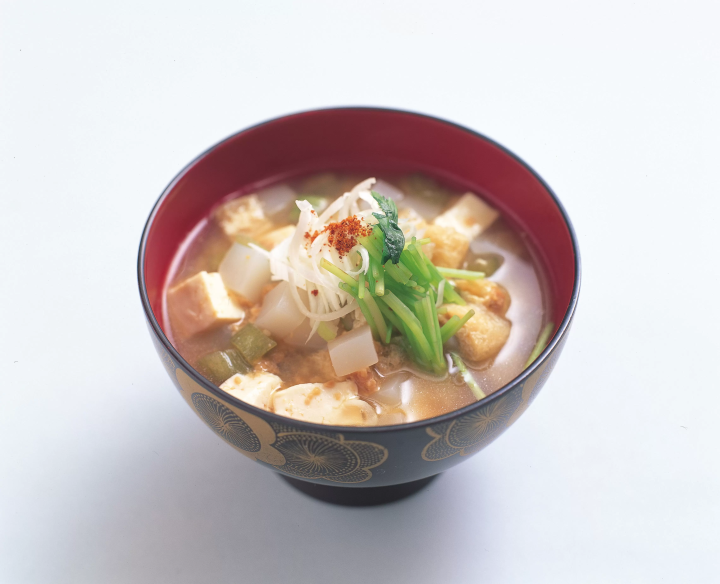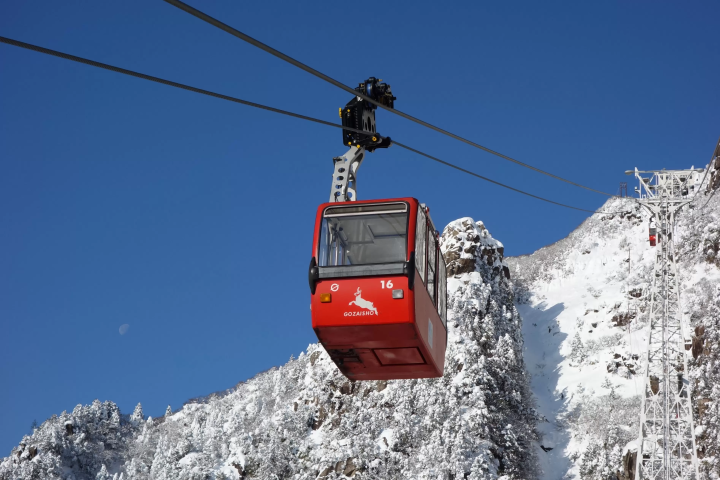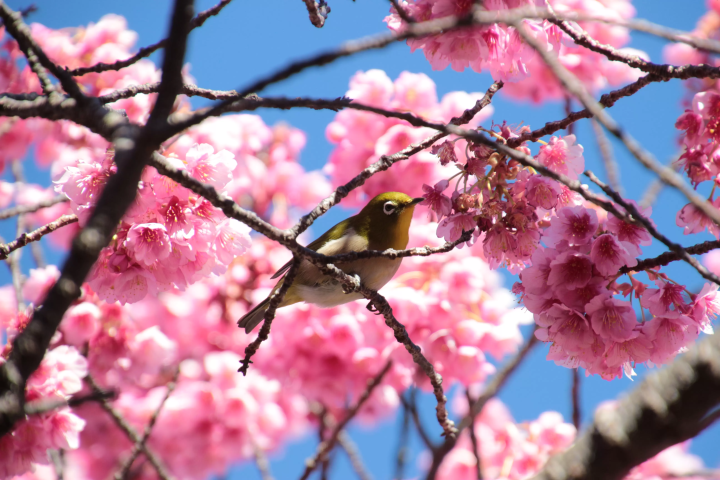Experience the Tradition: Top 5 Local Cuisine from Yamagata!

Yamagata has many local dishes that have been rooted in the region for many years. This time, we will introduce some of the local dishes that are popular in Yamagata.
1.Yamagata imoni

Yamagata's local dish "Imoni" is famous as an autumn tradition. It is mainly simmered with taro, beef, konjac, and green onions, but the ingredients and seasonings used in the soup stock differ depending on the region.
Yamagata has the highest consumption of taro and konnyaku in Japan (as of 2020), which may be related to the frequent production of imoni. Imoni began to take root in Yamagata in the Edo period, and is still eaten at home today.
In autumn, a large-scale event called "Japan's No. 1 Imoni Festival" is held where you can enjoy imoni cooked in a 6.5-meter large pot on the riverbed, and it is crowded with many people.
2. Dashi

"Dashi" is made by chopping summer vegetables such as perilla, cucumber, eggplant, myoga and perilla and seasoning them with soy sauce. There are many ways to eat it, such as putting it on top of white rice or cold tofu, or enjoying it as a condiment for noodles such as somen.
In recent years, you can see it being sold at convenience stores as well.
Easy to make and delicious, dashi is the perfect local dish to beat the hot summer.

3. Natto soup

In Yamagata, it is often eaten during winter. "Natto soup" is a miso soup made by mashing natto until there are no grains and adding ingredients such as dried taro stems, konnyaku, and tofu. In some regions, it is eaten as nanakusa porridge on New Year's Day.
4. Ball konnyaku

"Tama Konjac" is often sold at Yamagata festivals, events such as cherry blossom viewing, product centers and tourist spots. Of course, it is sold in supermarkets, and it is a dish that can be easily made at home. Hot ball konjac soaked in soy sauce is a popular local dish.
5. locust tsukudani
Locusts are rich in protein and calcium, and were a valuable preserved food in the past. Locusts are 3-4 cm long insects belonging to the locust family. They are caught in rice fields and other places and eaten as tsukudani.
6. Summary

In this article, we have introduced the local cuisine of Yamagata.
In addition to the ones we have introduced so far, Yamagata has a lot of delicious local cuisine.
When you come to Yamagata, how about enjoying the local cuisine unique to the region?
Images in this article provided by: Yamagata City Tourism Association
Yamagata City is the prefectural capital of Yamagata Prefecture. Surrounded by mountains, the city offers beautiful scenery throughout the four seasons. Famous sightseeing spots include "Zao", which is popular for its frost-covered trees and hot springs, and "Yamadera", a place related to Basho Matsuo. In terms of food culture, dishes that make use of Yamagata's abundant ingredients, such as ``Yamagata imoni'', ``cold ramen'', ``dashi'' and ``ball konjac'', have been passed down. Yamagata City has many images of such nature and history, but in fact, there are plenty of cafes and restaurants, and there are many places where you can relax. On this page, we will post recommended spots and articles to introduce the attractions of Yamagata City, such as popular spots, hidden attractions, and delicious restaurants, in more detail and in an easy-to-understand manner! (Images and videos on this page: Provided by Public Relations Division, General Affairs Department, Yamagata City)
The contents on this page may partially contain automatic translation.































![[2026] The Matsusaka Lantern Festival will be held to light up the winter night sky!](https://resources.matcha-jp.com/resize/720x2000/2026/01/05-254777.webp)
![[List of Traditional Industry Experiences] Factory tours and craftsmanship experiences in southern Osaka and Wakayama](https://resources.matcha-jp.com/resize/720x2000/2025/11/06-249221.webp)

![[Coupons available] If you want to enjoy shopping for sporting goods, head to the Alpen flagship store!](https://resources.matcha-jp.com/resize/720x2000/2026/01/16-255845.webp)